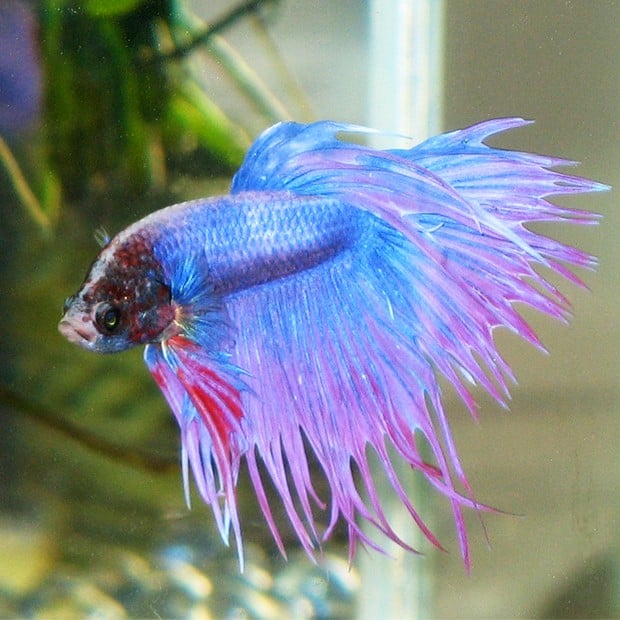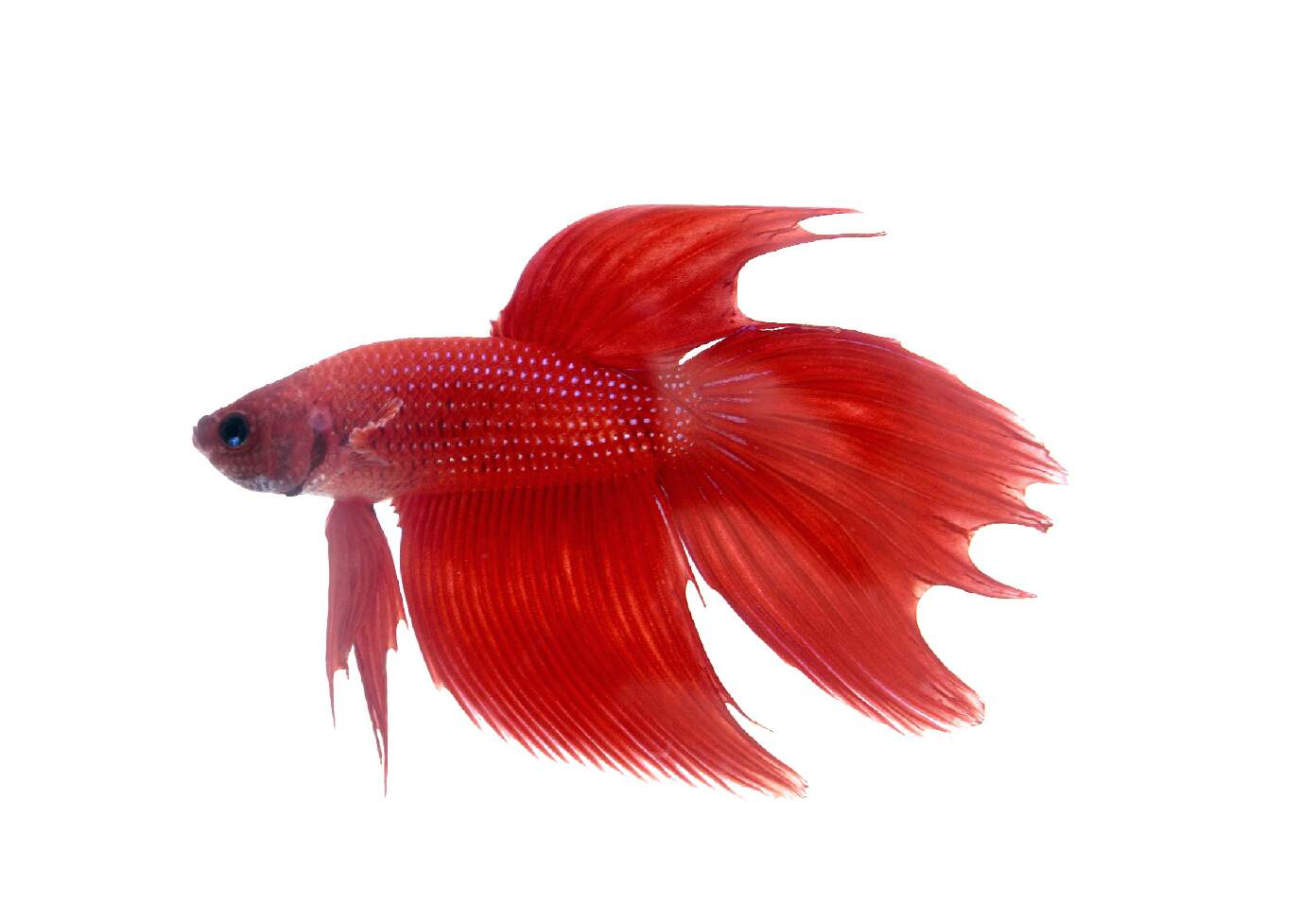Betta Fish Lifespan: How to Ensure Your Betta Lives Longer
Betta Fish Lifespan: How to Ensure Your Betta Lives Longer
Blog Article
Exactly How to Breed Betta Fish Efficiently: Expert Strategies and Insights for Hobbyists Wanting To Increase Their Betta Collection
Breeding Betta fish calls for a nuanced understanding of genetics and environmental conditions, making it necessary for hobbyists to come close to the process with both diligence and treatment. Producing an optimum breeding environment, selecting the best pairs, and observing the intricacies of their courtship actions are fundamental actions that can dramatically impact the outcome.
Understanding Betta Fish Genetics
Recognizing the genetics of Betta fish is crucial for successful breeding, as it affects attributes such as color, fin shape, and behavior. Betta fish display a varied selection of colors and patterns, largely figured out by their hereditary makeup.
Along with coloration, fin morphology is one more considerable facet of Betta genes (betta fish). The form and size of fins are influenced by numerous genetics, consisting of those that identify whether the fins are brief, long, or veil-shaped. Comprehending these genetic variants aids breeders forecast the phenotypic outcomes of their children
In addition, behavior qualities such as aggressiveness and territoriality can also be influenced by genes. These behaviors play an essential duty in the breeding procedure, as they can influence generating success and the general temperament of the resulting fry. By comprehensively recognizing these hereditary concepts, dog breeders can make informed decisions, inevitably boosting their reproduction programs and achieving desirable outcomes.
Preparing the Breeding Environment
Developing an optimum breeding atmosphere is important for the successful recreation of Betta fish. The primary step in preparing this setting is to pick a proper breeding container, ideally ranging from 5 to 10 gallons. This size permits for enough swimming space and the establishment of territories. The tank ought to be equipped with a heating unit to preserve a steady temperature in between 78 ° F and 80 ° F, which is crucial for encouraging generating behavior.
Following, think about the use of a sponge filter or an air stone to give gentle water flow without creating strong currents that can worry the fish. It is necessary to install plants or breeding cones to provide hiding spots and promote comfort for the female during the spawning procedure. Floating plants, such as Java moss or water sprite, can additionally create an extra all-natural environment while promoting bubble nest building by the male.
Prior to presenting the reproducing pairs, make sure the water is conditioned and without harmful chemicals, such as chlorine or heavy steels. betta fish. Normal water modifications should be performed to maintain optimal water high quality, enhancing the opportunities of successful reproduction. With these preparations in place, the breeding setting will certainly support the health and well-being of both Betta fish
Selecting Breeding Pairs
Choosing the appropriate breeding pairs is important for achieving successful Betta fish recreation. Healthy and balanced Betta fish display lively shades, clear eyes, and active habits.
Character is another essential factor to consider, as Betta fish are known for their aggressive nature. It is suggested to select a male and female that display compatible personalities to lessen anxiety throughout the breeding process. A tranquil man can motivate a smoother courtship, while a female that is as well hostile may interfere with the process.
Genetic history likewise plays a considerable function in the quality of the spawn. Breeding fish that are genetically varied can minimize the danger of genetic health issues and improve the general vitality of the fry. It is helpful to investigate the family tree news of both the man and woman, concentrating on desirable characteristics such as fin kind, color scheme, and size.
The Breeding Refine
The reproduction procedure of Betta fish needs mindful preparation and interest to information to ensure an effective outcome. It is important to prepare a suitable reproduction tank, preferably a 5-10 gallon aquarium with a temperature maintained at 78-80 ° F. The tank needs to be outfitted with a heater, filter (ideally sponge type to avoid strong currents), and lots of aquatic plants for the lady to conceal.
Once the atmosphere is set, introduce the chosen breeding pair to the storage tank, enabling them to adjust. Observe their behavior; the male will present intricate courtship routines, consisting of flaring his fins and building a bubble nest. If the lady reveals rate of interest, she will certainly show upright red stripes indicating readiness for spawning.
When the lady is responsive, the pair will engage in a breeding accept, during which the male feeds the eggs. It is essential to monitor their interactions very closely, as the man might become aggressive. After spawning, remove the lady to stop potential damage. The male will a fantastic read certainly tend to the eggs, which normally hatch within 24-36 hours. Preserving ideal water conditions throughout this period is necessary for the growth of healthy and balanced Betta fry.
Taking Care Of Betta Fry

Feeding Betta fry is crucial, as they require a diet regimen high in healthy protein. At first, they can be fed infusoria or liquid fry food, transitioning to finely smashed top quality pellets as they expand. Feed tiny sections multiple times a day to encourage healthy and balanced development without overwhelming the storage tank with uneaten food.

As they mature, check their development carefully and divide any aggressive individuals to stop harm. By giving a nurturing environment and correct nutrition, enthusiasts can efficiently increase Betta fry into vibrant, healthy fish, inevitably improving their breeding endeavors.
Conclusion
Successful Betta fish breeding requires thorough attention to hereditary selection, environmental problems, and care for the fry. By comprehending the genes of Betta fish and preparing an ideal breeding environment, enthusiasts can enhance the possibilities of producing vibrant, healthy offspring.
Report this page